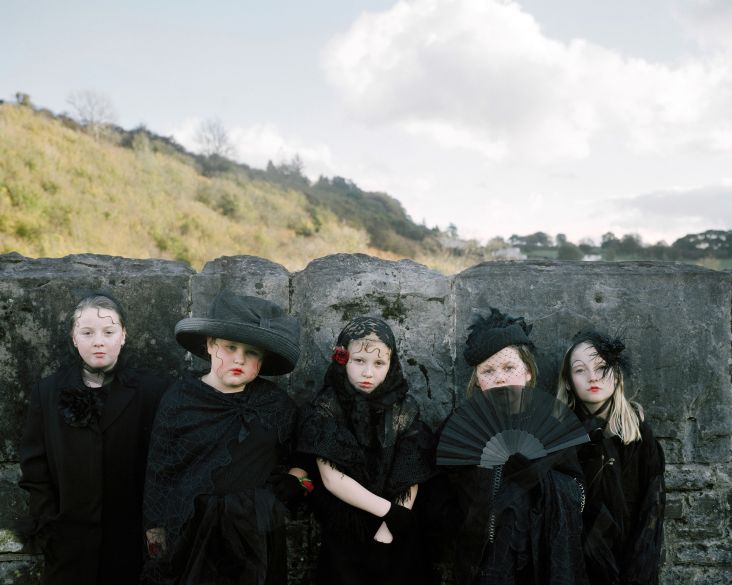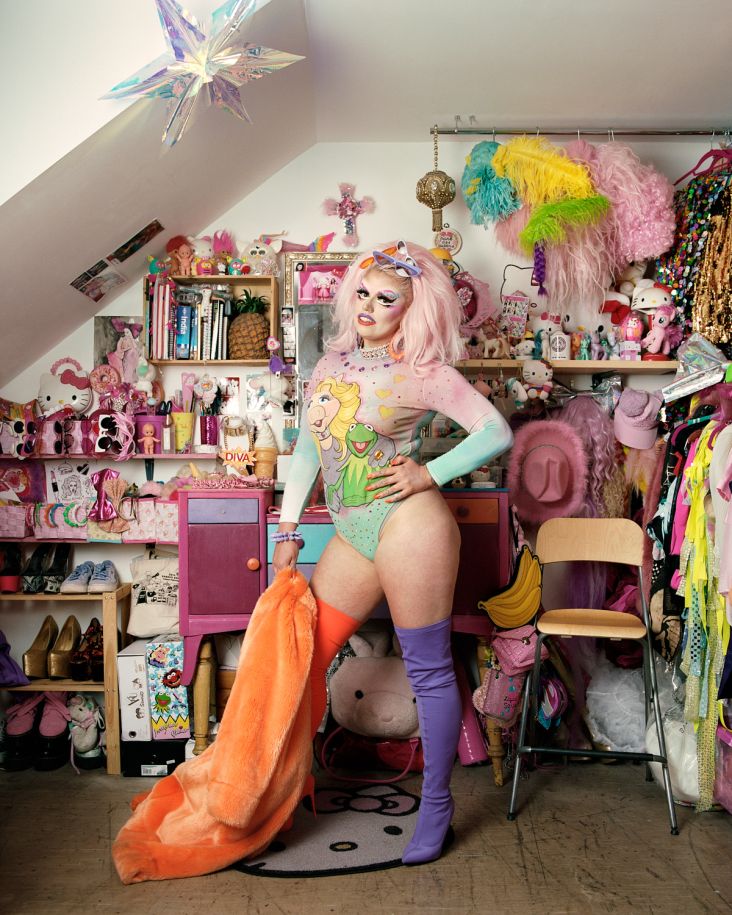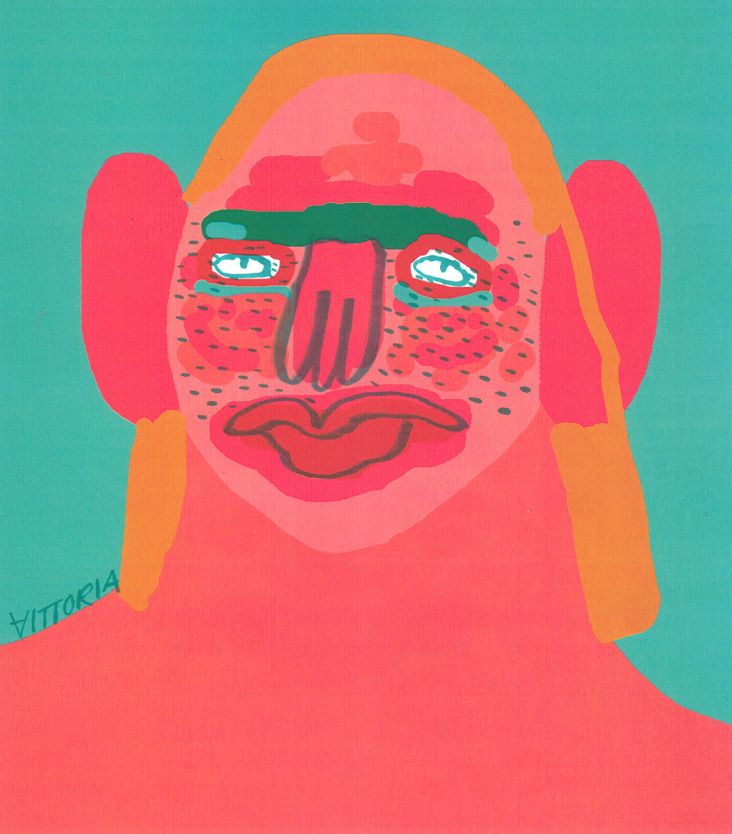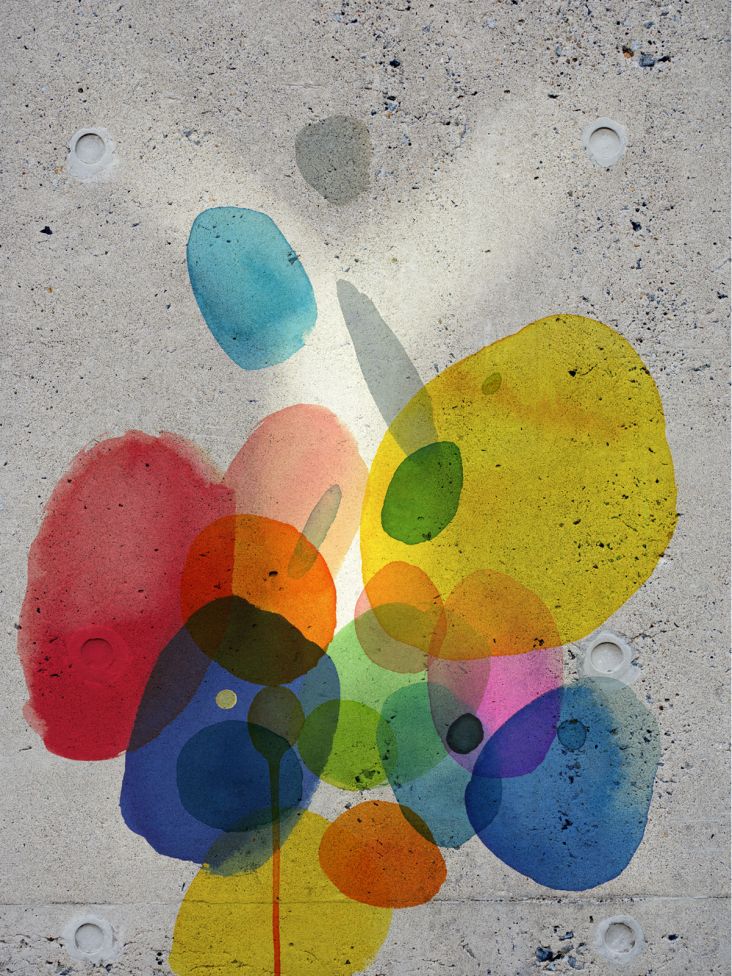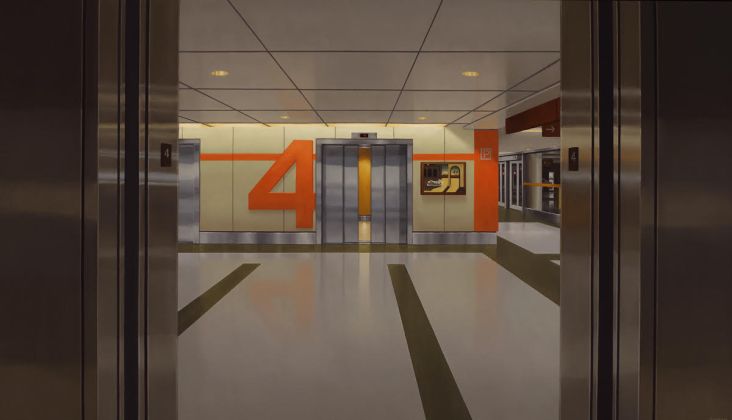A 10-year photographic journey along the Ganges that shows the effects of climate change
"If the Ganga lives, India lives. If the Ganga dies, India dies." The words of Dr Vandana Shiva, which form the inspiration behind this eye-opening series, Ganga Ma, by photographer Giulio Di Sturco.
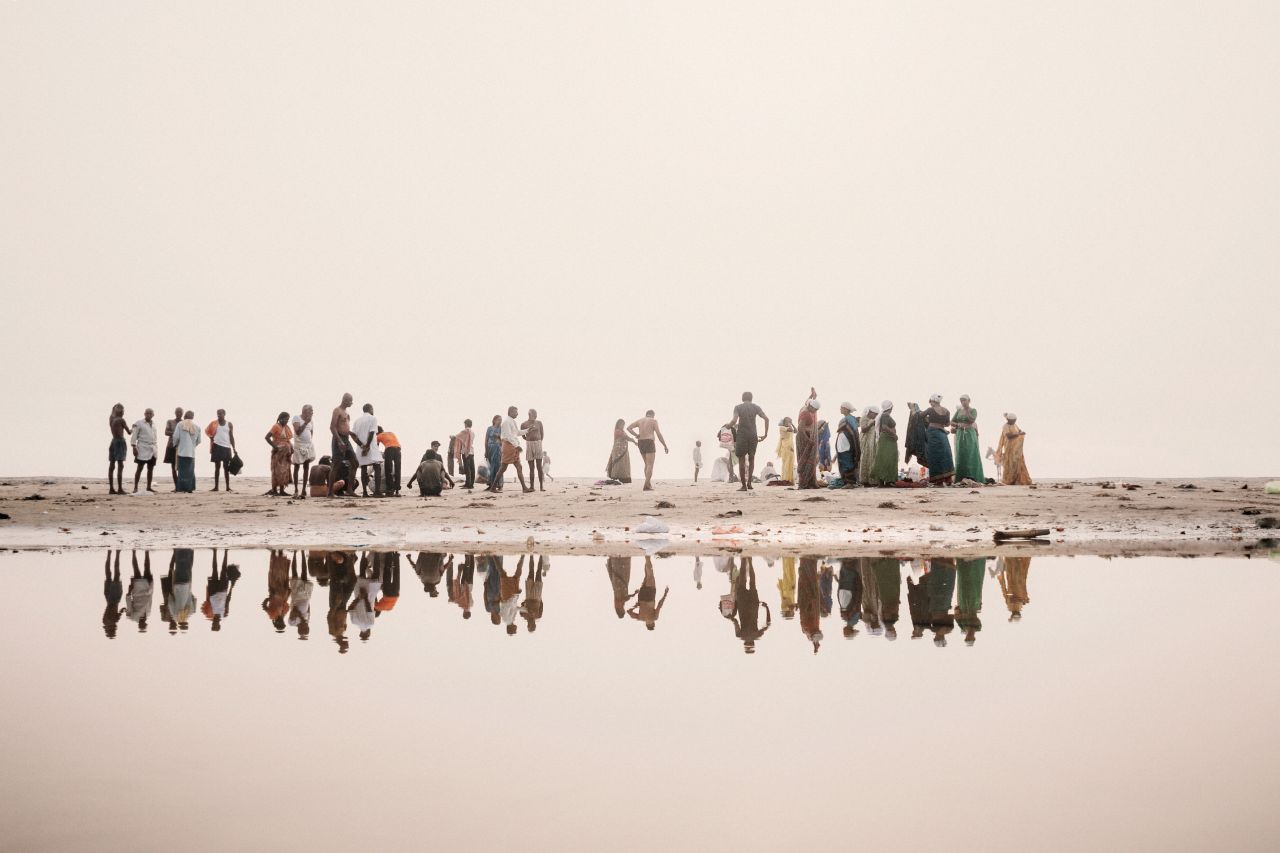
Hindu devotees along the banks of the Ganges getting ready to bathe in the water of the sacred river, Benares, 2008 © Giulio Di Sturco
Documenting the effects of pollution, industrialisation and climate change, the project follows the river for over 2,500 miles, from its source in the Himalayas in India through to its delta in the Bay of Bengal in Bangladesh.
"The main character of my story is a non-human entity: a river," Giulio explains. "I decided to treat it as a human being and create a flow that would document the river as if I was documenting the life of a person. I thought it was significant then, that in 2017 Mother Ganga was recognised as a living entity by the High Court of the state of Uttarakhand."
Di Sturco began documenting the Ganges in 2007 and became witness to the devastating effects of climate change, industrialisation and urbanisation. The river is on the edge of a humanitarian crisis and ecological disaster – a metaphor for man’s conflicted approach to the natural world – both revered and desecrated.
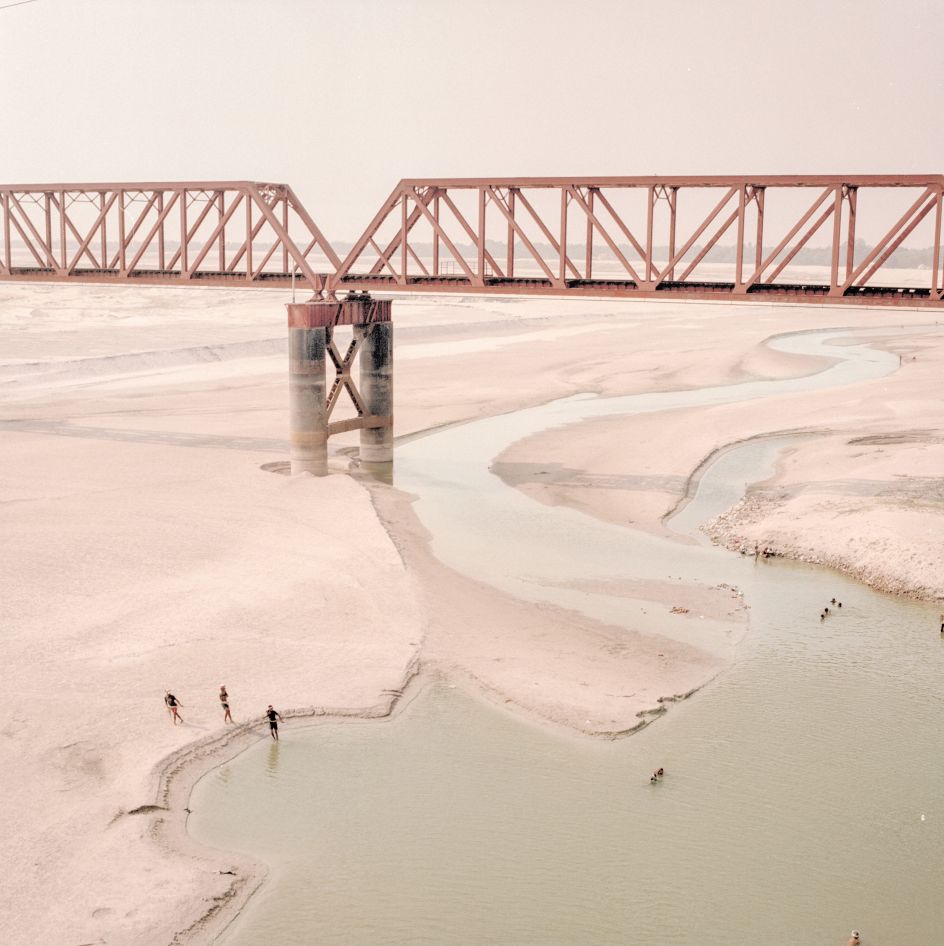
Bhairab Railway Bridge, where the Ganges enters Bangladesh after the Farakka Dam © Giulio Di Sturco
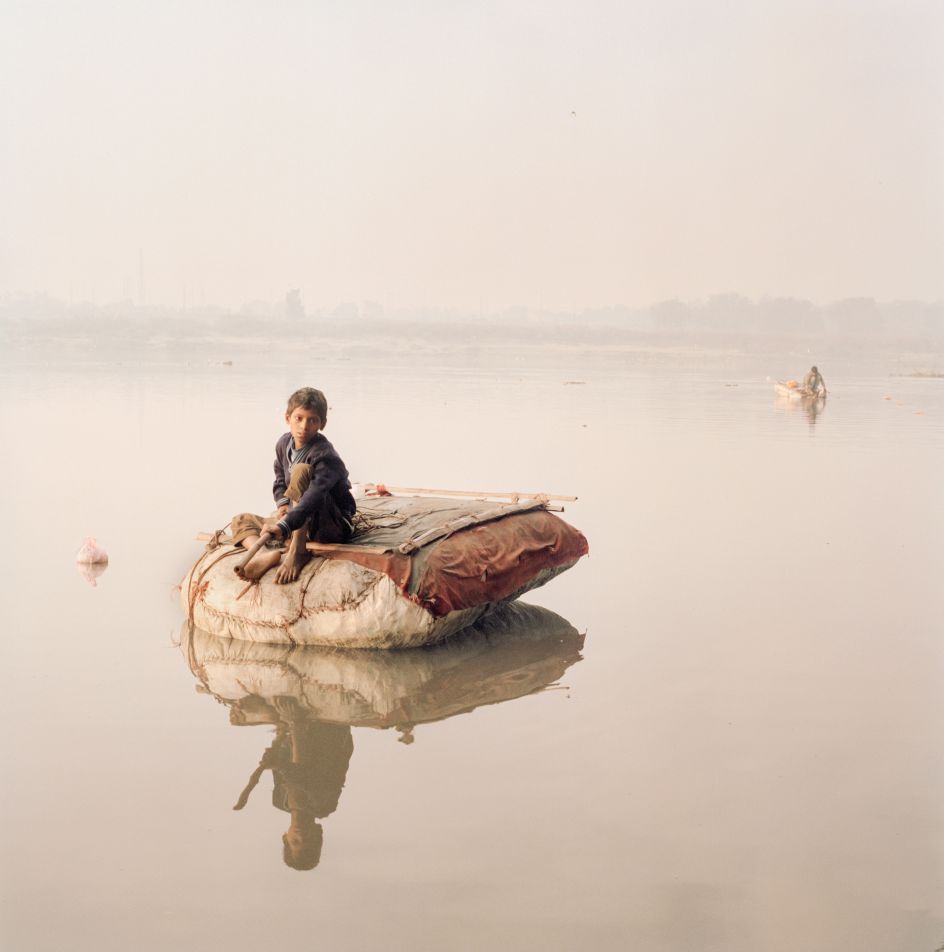
A homeless boy fishes for coins using a string and a magnet along the Yamuna river, one of the main tributaries of the Ganges, 2015 © Giulio Di Sturco
For Hindus, the Ganges, known as Ganga Ma (Mother Ganges) is the epicentre of spirituality – a physical manifestation of a goddess and a purifier of sins.
Many of India’s holy sites stand along the banks of the Ganges, where purification ceremonies, bathing and other customs including entrusting the dead to the river, take place. It is also one of the most polluted rivers in the world, its toxicity and shrinking levels, endangering the livelihoods of more than 400 million people and decimating countless species.
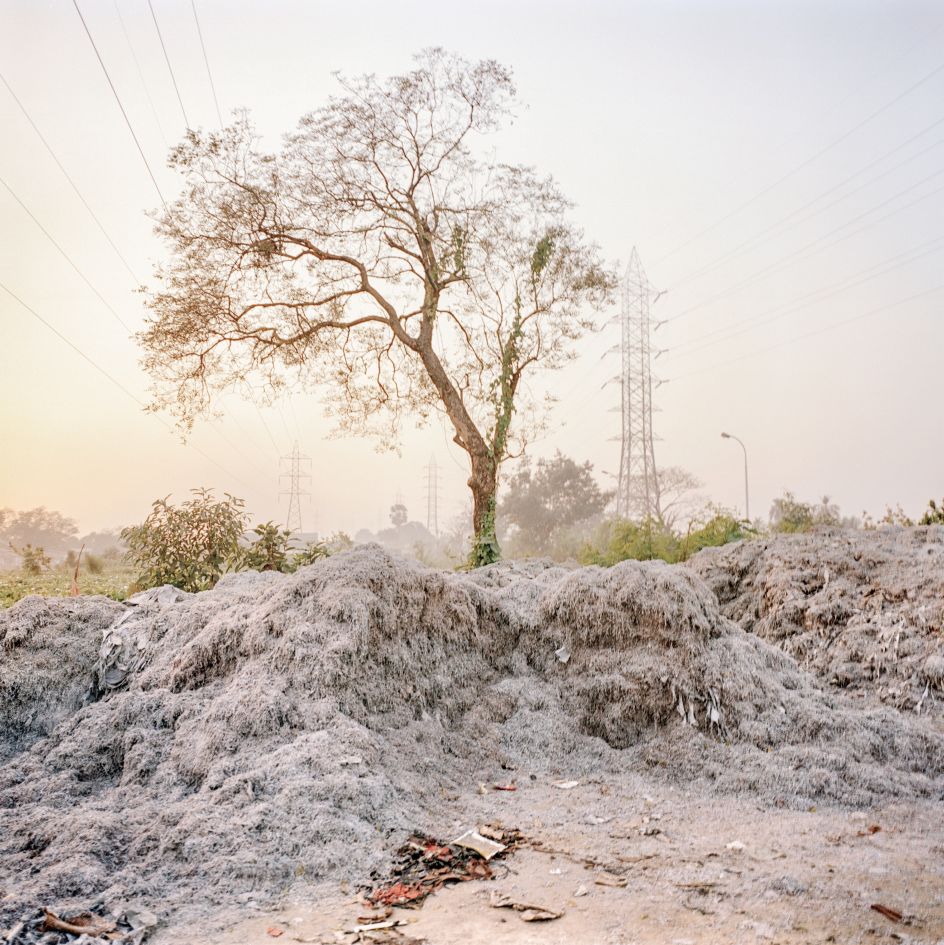
Leather tanneries along the river, in the outskirts of Kolkata, 2010 © Giulio Di Sturco
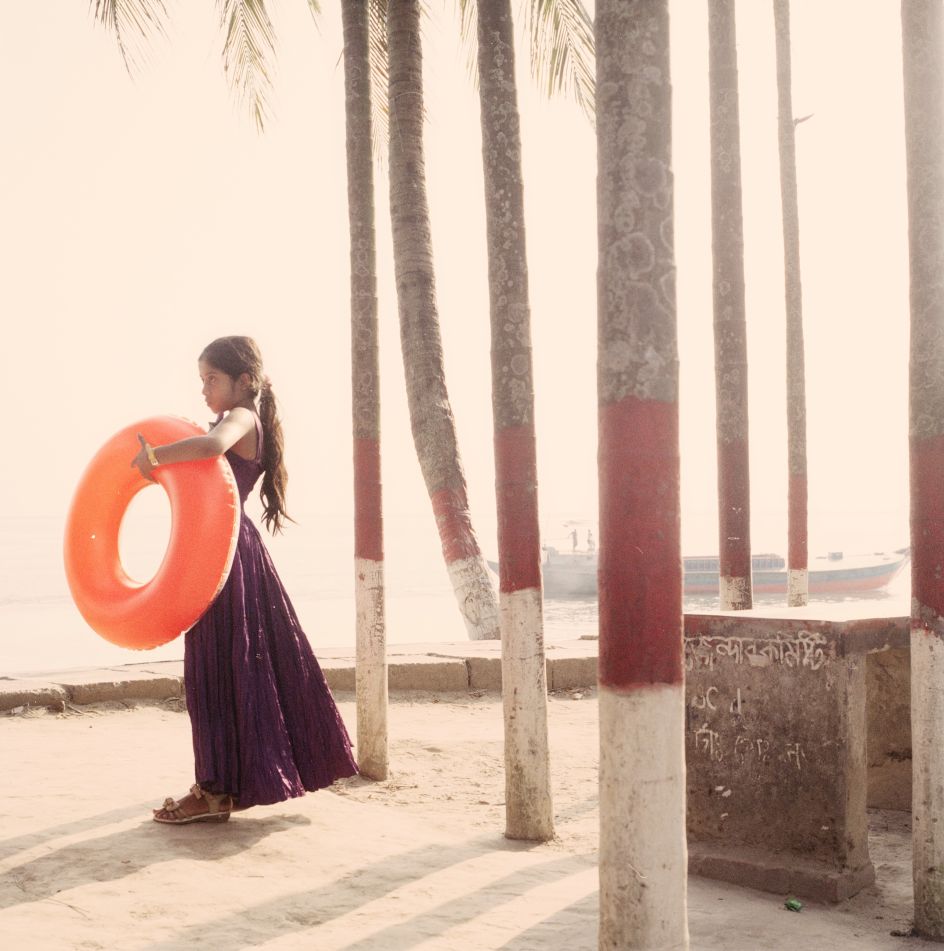
Young girl poses for a picture at the point of entrance to the Sunderbans in Bangladesh, 2014 © Giulio Di Sturco
Di Sturco’s use of medium-format allowed him to slow things down, bringing him closer to his subjects, and enabling a high level of detail and colour accuracy. The photographs in the book combine an aesthetic, painterly response to the complexion and atmosphere of the Ganges with elements of the observational detachment of documentary photography.
The vantage points of the panoramic views in the book show the man-made structures such as bridges or illegal sand mining architecture and echo the tradition of epic landscape painting. These images are combined with photographs taken from the banks of the river, depicting the effects of industrialisation on a human-scale.
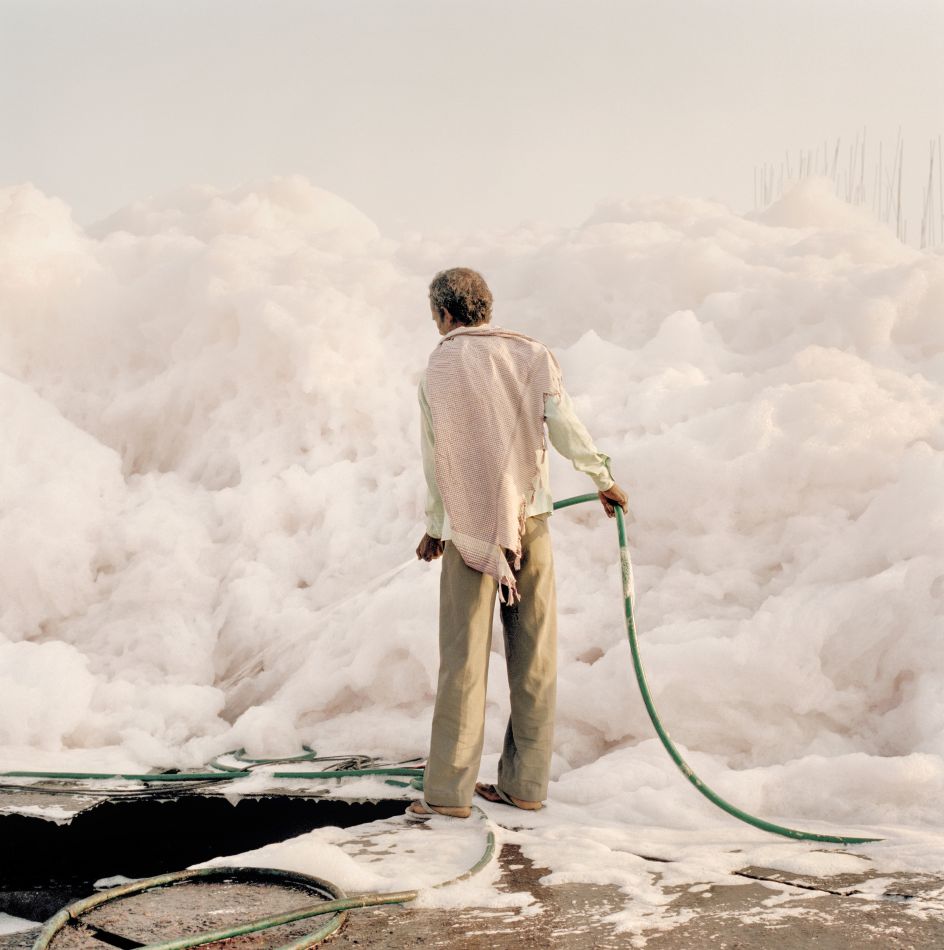
A worker with a water hose tries to tame an iceberg of foam created by the chemical waste dumped by the factories along the Yamuna river, Delhi, 2015 © Giulio Di Sturco
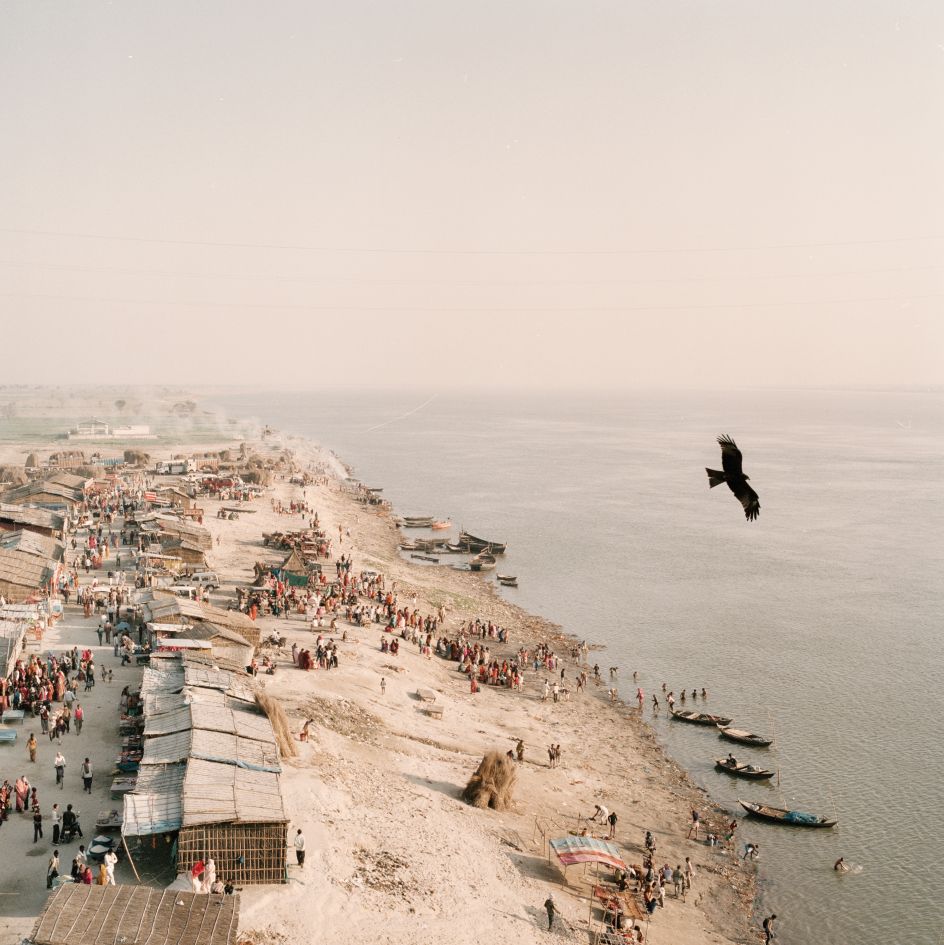
Along the Ganges, India, 2014 © Giulio Di Sturco
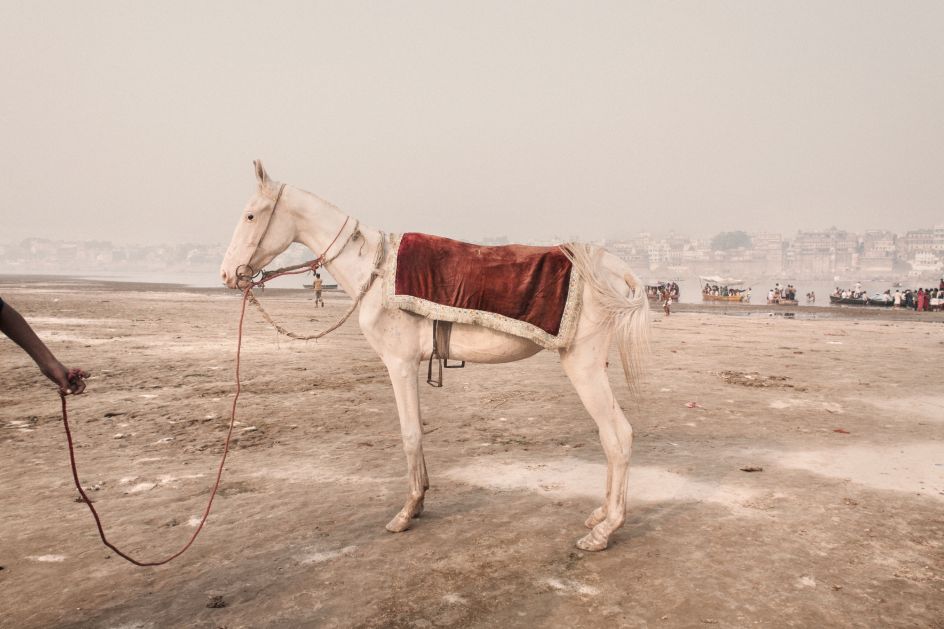
A horse used to transport the devotees along the banks of the Ganges, Varanasi, 2008 © Giulio Di Sturco
The series will be presented in a new book, Ganga Ma by Giulio Di Sturco, published by GOST on 15 April 2019. It includes texts by author and environmental activist, Dr Vandana Shiva, and curator Eimear Martin.
"In contrast to the sensory onslaught typical of the myriad exoticising images used to ‘sell’ India – bustling bazaars in kaleidoscopic hues, vertiginous throngs congregating on embankments – Di Sturco offers a perspective of quietude and restraint," remarks Eimear.
"Landscapes are barren, desolate, and strangely depopulated, a mood further enhanced by the use of startlingly simple compositions and desaturated colours. Here and there, man-made artefacts puncture the otherwise delicate tonal harmonies: a red sari blowing in the wind, a bright blue fishing net, a plastic sandal on the dusty ground."
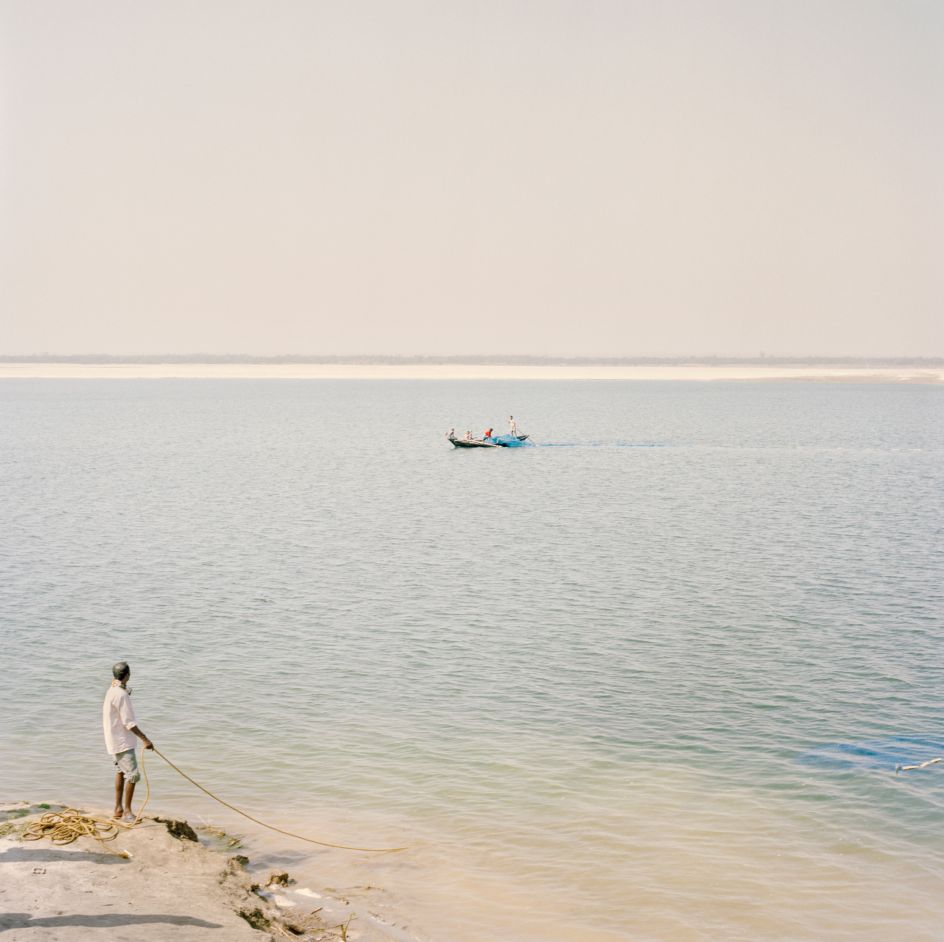
Farakka, India, 2013 © Giulio Di Sturco
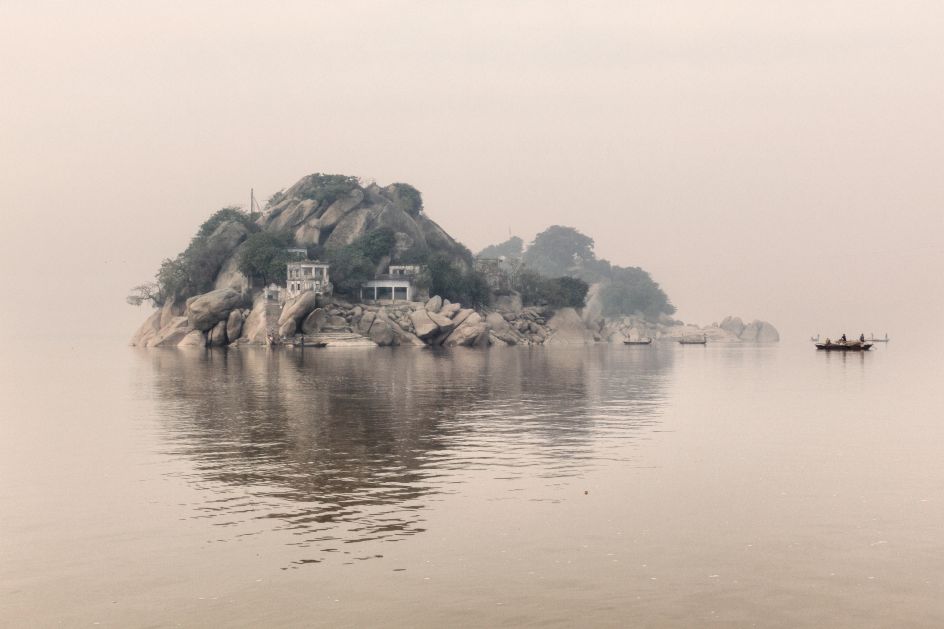
Ganges, India, 2014 © Giulio Di Sturco
Born in Italy in 1979, Giulio Di Sturco is an award-winning visual artist based in London. He studied at the European Institute of Design and Visual Arts in Rome before moving to India, where he spent five years refining his visual vocabulary working throughout much of Asia and Africa.
He regularly contributes to a wealth of publications including The New York Times, Vanity Fair, The Sunday Times Magazine, Geo, Wired, National Geographic and the Financial Times.
Di Sturco's project Ganga Ma was awarded the Getty Images Editorial Grant 2014, first Place part of the Sony World Photography Awards 2015 and LensCulture Exposure Awards 2018 at Somerset House, London. Discover more: giuliodisturco.com.


















